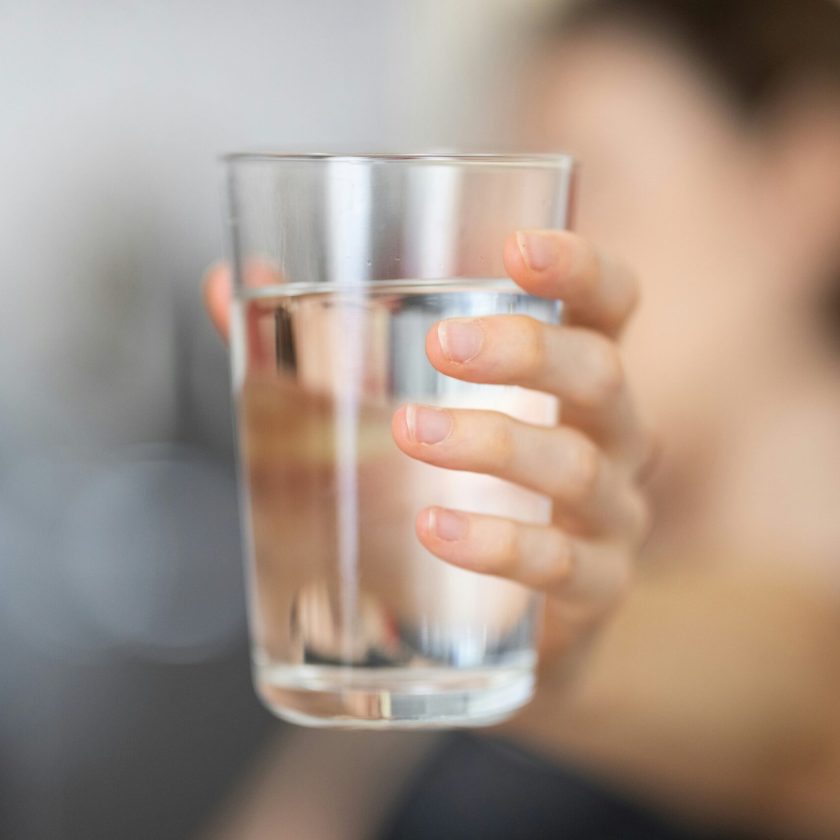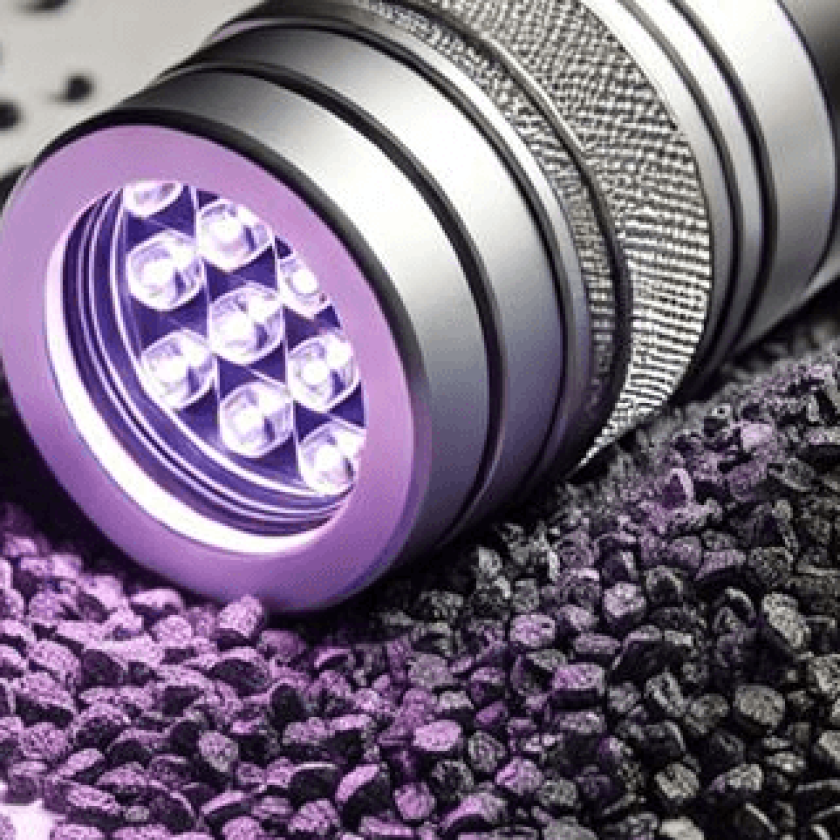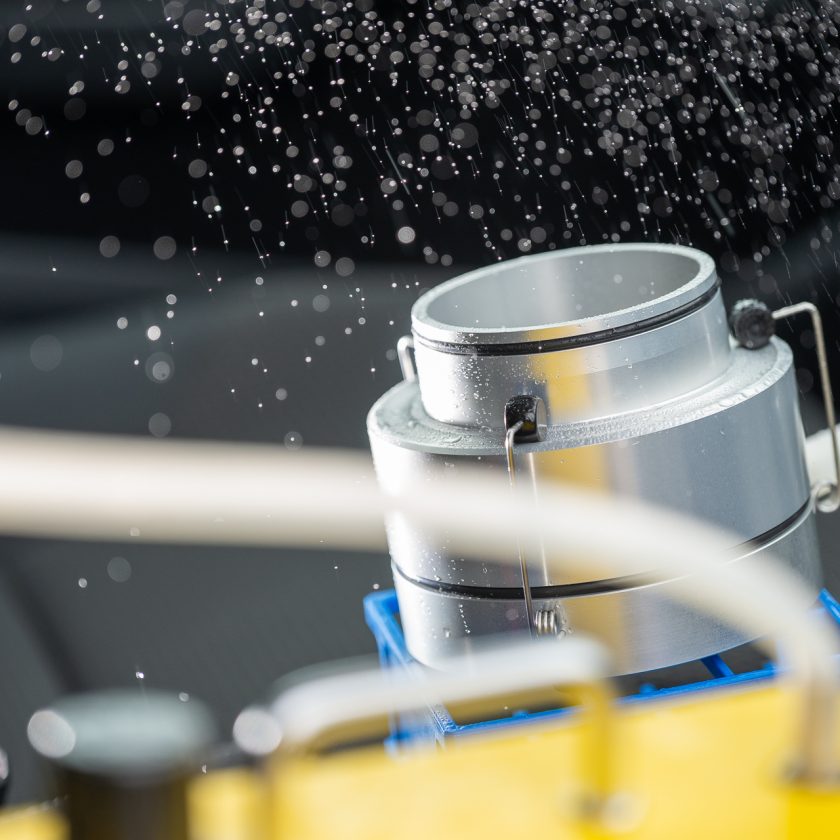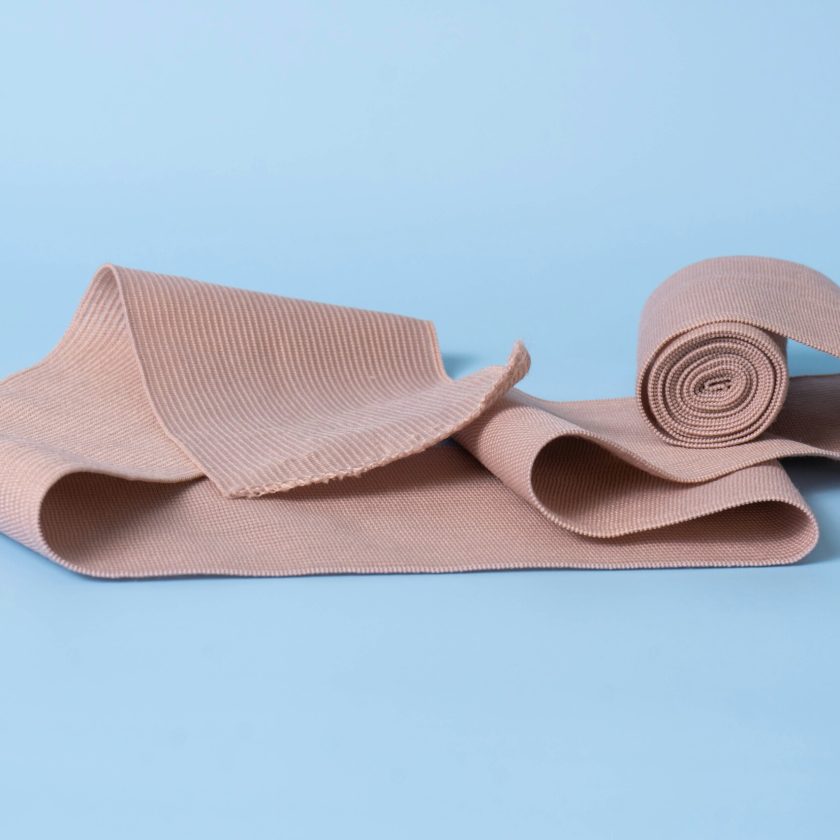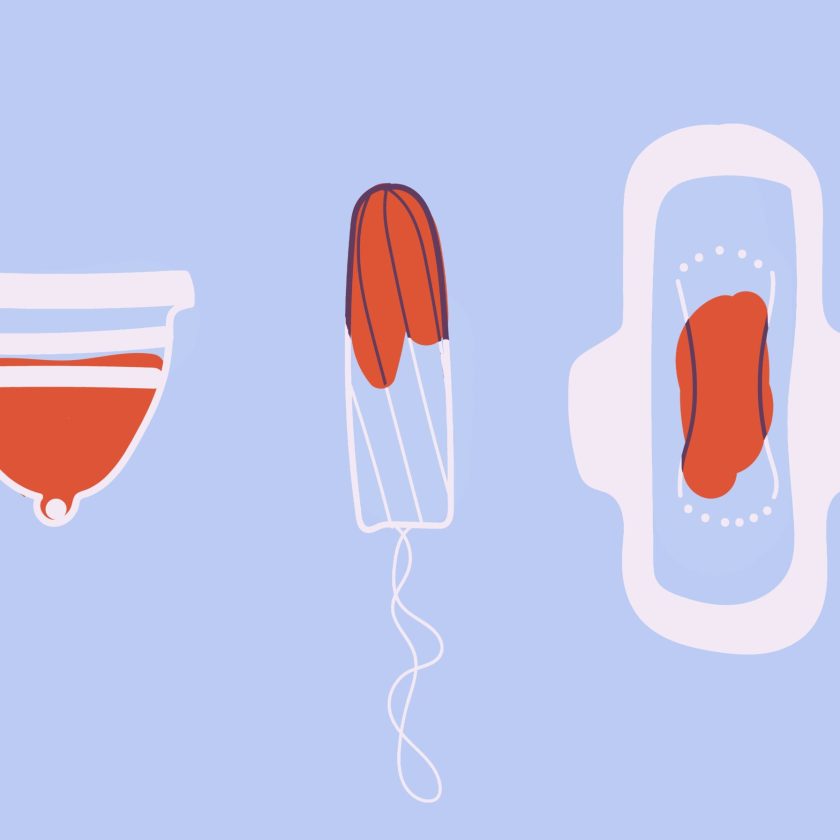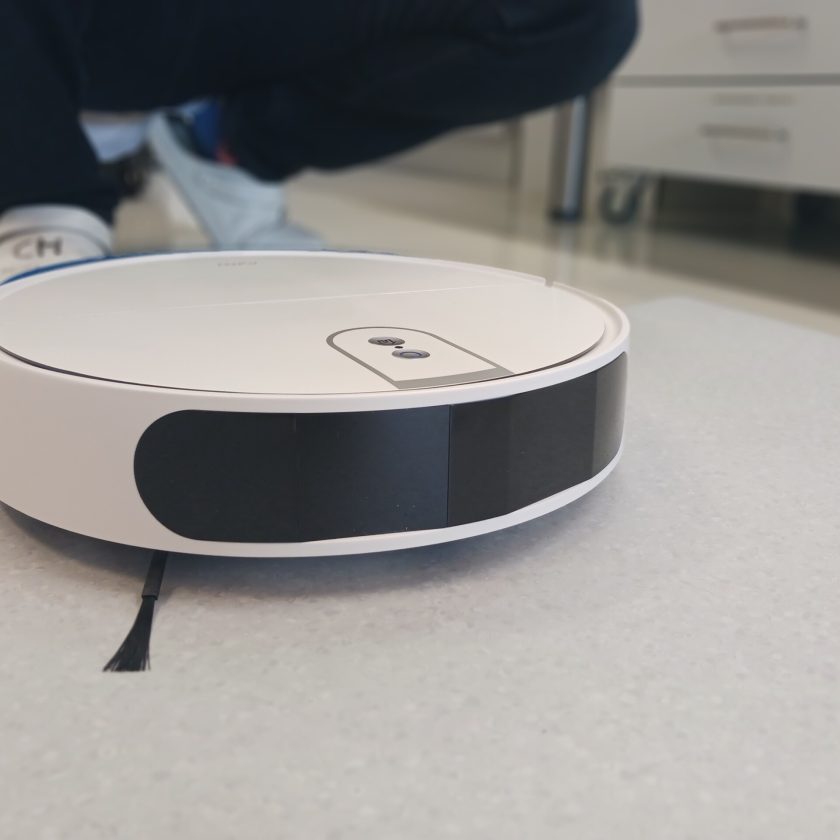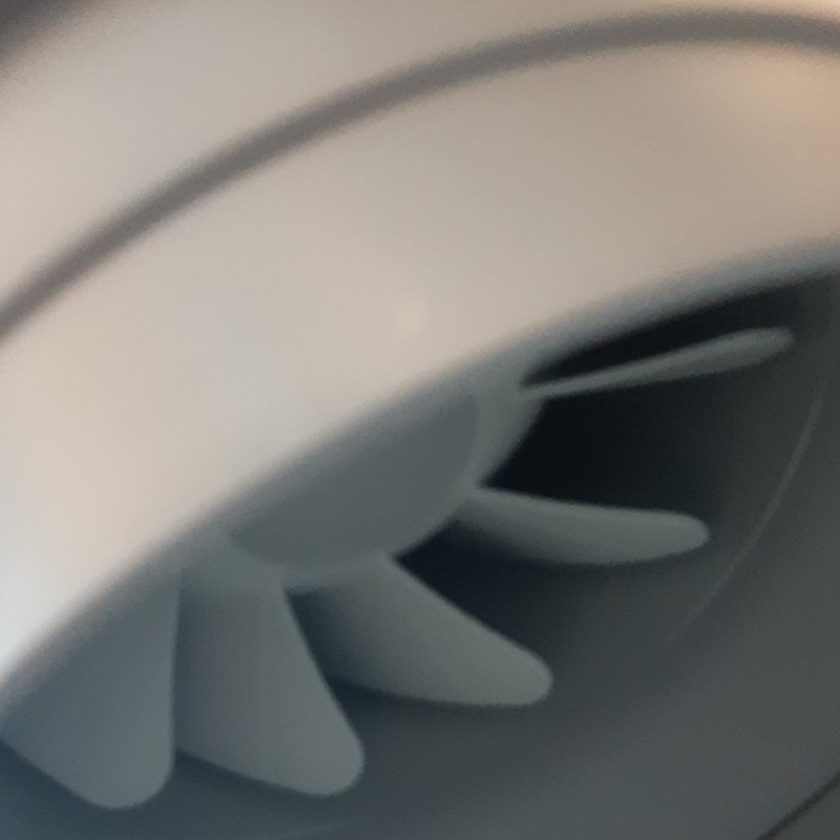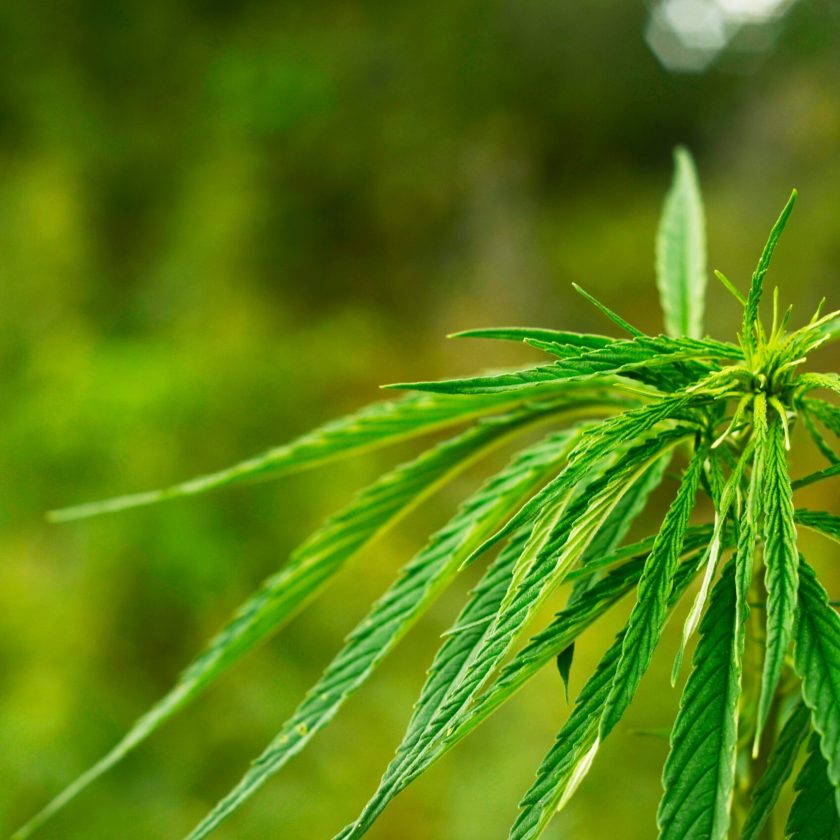Optimal primary packaging protects the product from contamination and prevents changes in product quality due to environmental influences. This applies in particular to the penetration of microorganisms and atmospheric oxygen.
Container Closure Integrity Testing can be used to determine the functionality of the primary packaging. Various test systems can be used for this purpose, as described in detail in USP 1207.2. A fundamental consideration is whether the implementation should be non-destructive. With the help of state-of-the-art analytical equipment, the OFI offers individual test designs for this purpose.
Container Closure Integrity (QM system: GMP)
- Tests according to EP 3.2.9, USP <381> and USP <1207>
- Dye Immersion Test (e.g. Bluead Test)
- Non-destructive Laser Based Headspace CCI Analysis for Vials and Syringes
- Method verifications of the CCI tests
- Sealing seam strength
